Archives
- 2025-10
- 2025-09
- 2025-03
- 2025-02
- 2025-01
- 2024-12
- 2024-11
- 2024-10
- 2024-09
- 2024-08
- 2024-07
- 2024-06
- 2024-05
- 2024-04
- 2024-03
- 2024-02
- 2024-01
- 2023-12
- 2023-11
- 2023-10
- 2023-09
- 2023-08
- 2023-07
- 2023-06
- 2023-05
- 2023-04
- 2023-03
- 2023-02
- 2023-01
- 2022-12
- 2022-11
- 2022-10
- 2022-09
- 2022-08
- 2022-07
- 2022-06
- 2022-05
- 2022-04
- 2022-03
- 2022-02
- 2022-01
- 2021-12
- 2021-11
- 2021-10
- 2021-09
- 2021-08
- 2021-07
- 2021-06
- 2021-05
- 2021-04
- 2021-03
- 2021-02
- 2021-01
- 2020-12
- 2020-11
- 2020-10
- 2020-09
- 2020-08
- 2020-07
- 2020-06
- 2020-05
- 2020-04
- 2020-03
- 2020-02
- 2020-01
- 2019-12
- 2019-11
- 2019-10
- 2019-09
- 2019-08
- 2018-07
-
br Introduction Throughout early prophase
2024-02-01
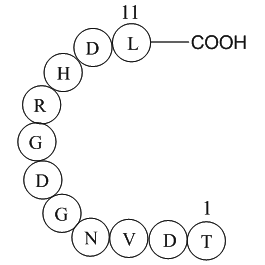
Introduction Throughout early prophase I, meiotic cells intentionally generate DSBs as part of a stringently controlled process to initiate homologous recombination (HR). HR is a critical DSB repair pathway that ultimately permits the exchange of genetic information between homologous chromosomes
-
Mechanistically it was soon realized
2024-01-31
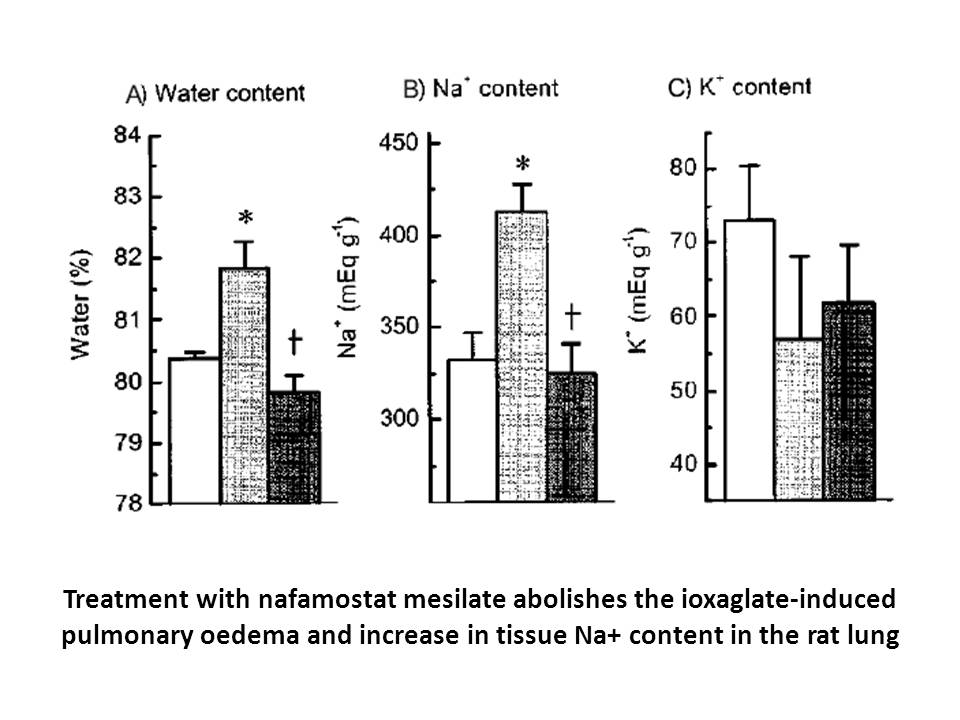
Mechanistically, it was soon realized that in undead cells, Dronc promotes the activation of Jun-N-terminal kinase (JNK) signaling as the major inducer of AiP [25], [28] (Fig. 2B,C). However, it has been unknown for a long time how active Dronc promotes JNK signaling. Recently, it was reported that
-
In our study caspase and DRAM were identified as being
2024-01-31
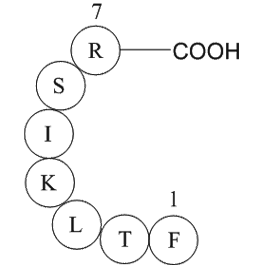
In our study, caspase3 and DRAM were identified as being involved in full-length AIFM1-induced apoptosis. Caspase3 is best known for its role in the execution phase of apoptosis in both intrinsic and extrinsic apoptotic pathways [17]. The members of the caspase family are generally in inactive pro-f
-
Besides one should also consider
2024-01-31
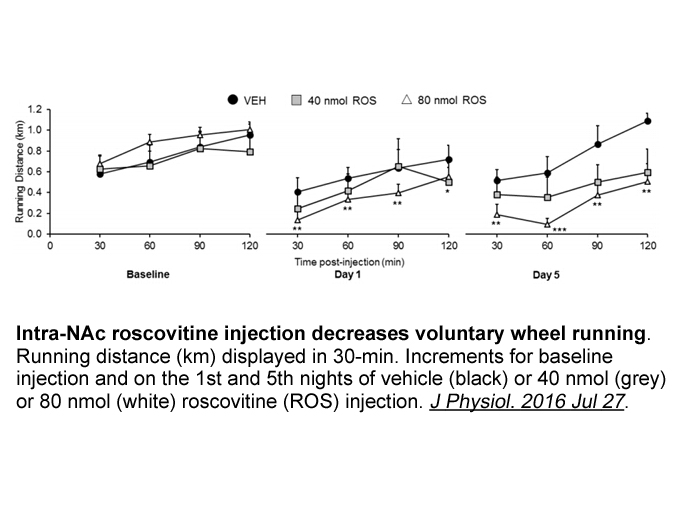
Besides, one should also consider that all antioxidant compounds (free soluble or insoluble bounds) exist all together in colon, where radicals and antioxidant compounds react continuously with each other. At this point, after the consumption of antioxidants bound to dietary fiber, they reach the co
-
PRE-084 hydrochloride In an effort to increase antioxidant p
2024-01-31
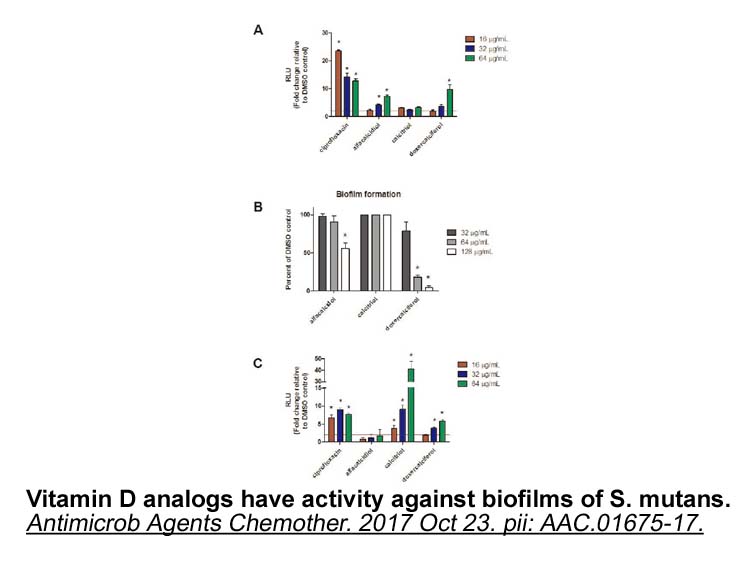
In an effort to increase antioxidant properties of peptides from WP, Le Maux et al. (2016) altered the hydrolysis conditions (pH, enzyme type, reaction time, and temperature). Hydrolysis of WP (81% protein) test samples with papain (EC 3.4.22.2) at a constant pH of 7.0 gave significantly higher ORAC
-
It is worth noting that in S cerevisiae
2024-01-31
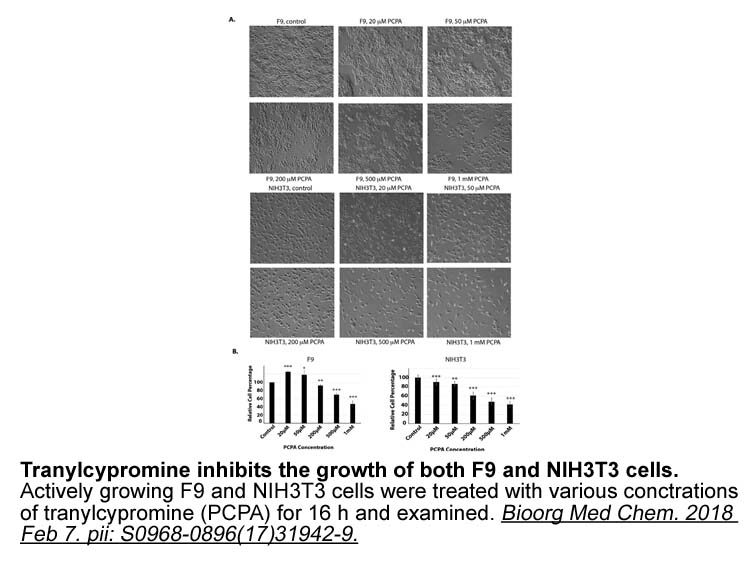
It is worth noting that in S. cerevisiae, the control of two cell-cycle checkpoints requiring Mcm1 involves two very different mechanisms. At the G1/S transition, Mcm1 transactivation activity is inhibited by Yox1 and Yhp1 repressors, whose expression is periodically regulated through the cell cycle
-
Finally we argue that the estimated penetrance of
2024-01-31
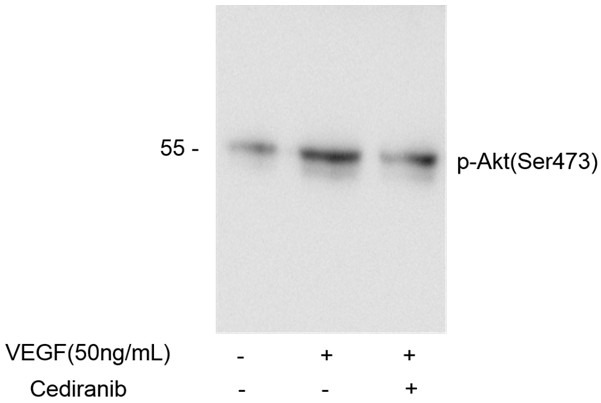
Finally, we argue that the estimated penetrance of 0.45% (95% CI 0.02%, 9.35%) calculated by leveraging the gnomAD (Lek et al., 2016) population data indicate that T201S is at most a low-risk gene variant for CJD. If we arbitrarily consider a central estimate of 10% or higher as the clinically signi
-
Valinomycin australia The proposed formulation is however ch
2024-01-31
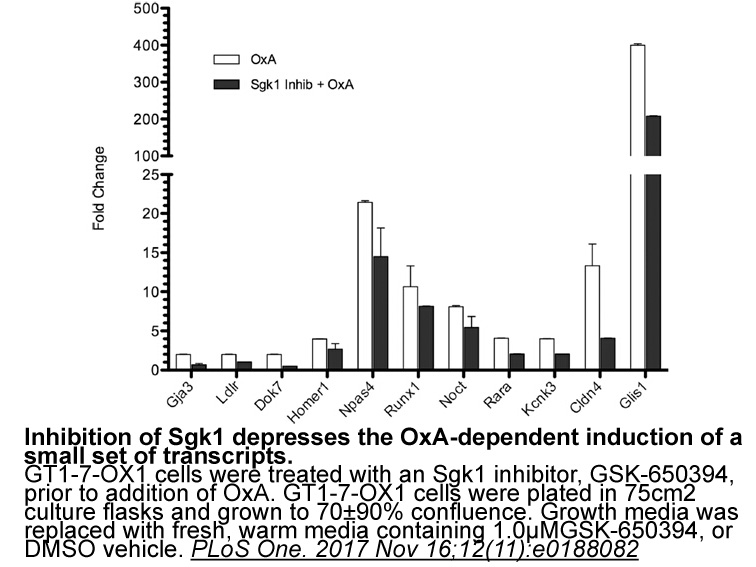
The proposed formulation is, however, challenging to solve since the structured sparsity-inducing norms are non-smooth. In order to solve the new objective function, we consider two different approaches: proximal averaging, which takes the average the solutions from the proximal operator for the ind
-
br Translational Considerations Targeting the AHR Pathway Mo
2024-01-31

Translational Considerations Targeting the AHR Pathway Modulating AHR function offers exciting therapeutic potential in host immunity and inflammation. However, the emerging concept of AHR function in a cell type-specific manner, combined with differences between AHR activation in cell culture in
-
br Conclusion br Conflict of Interest br Author Contribution
2024-01-31
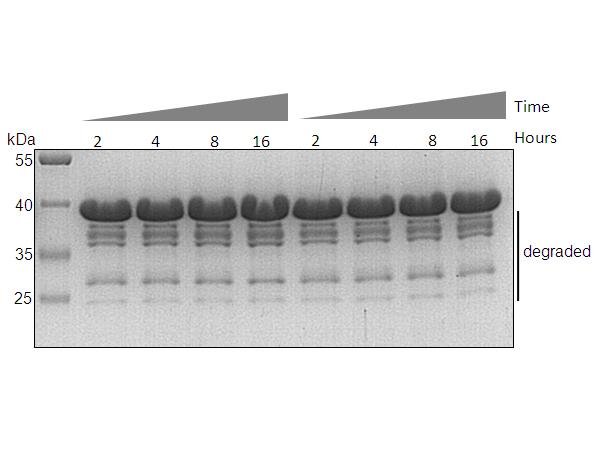
Conclusion Conflict of Interest Author Contributions Acknowledgements This work was supported by a research grant (SR/50/AS-14/2012) from the Department of Science and Technology, New Delhi, India to CMC and CSIR Senior Research Fellowship (09/013(0339)/2010-EMR-I) to SB. Introduction
-
The CK catalyzes the reversible conversion of
2024-01-31
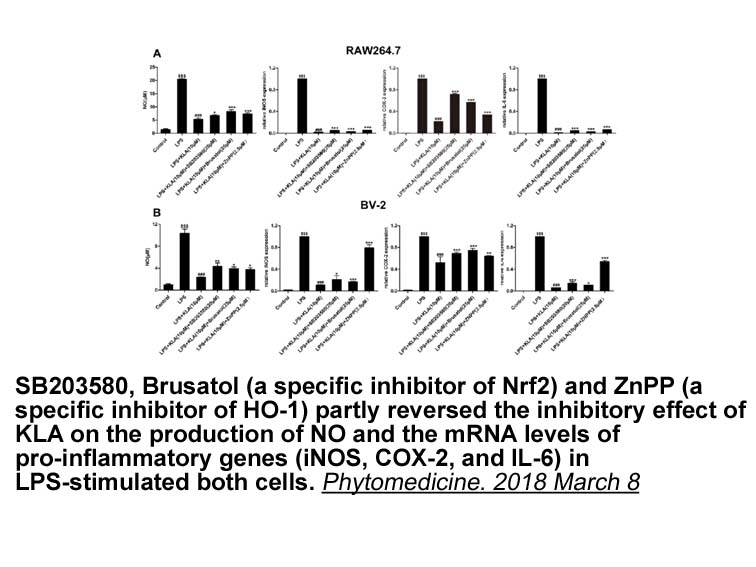
The CK catalyzes the reversible conversion of creatine into creatine phosphate using ATP and thereby releasing ADP. The CK isoenzymes, specifically localized in places where there is a demand and production of energy, are linked to a creatine/creatine phosphate shuttle (Wallimann et al., 1998). This
-
rb 1 australia Evaluation of plant growth Transgenic Arabido
2024-01-30
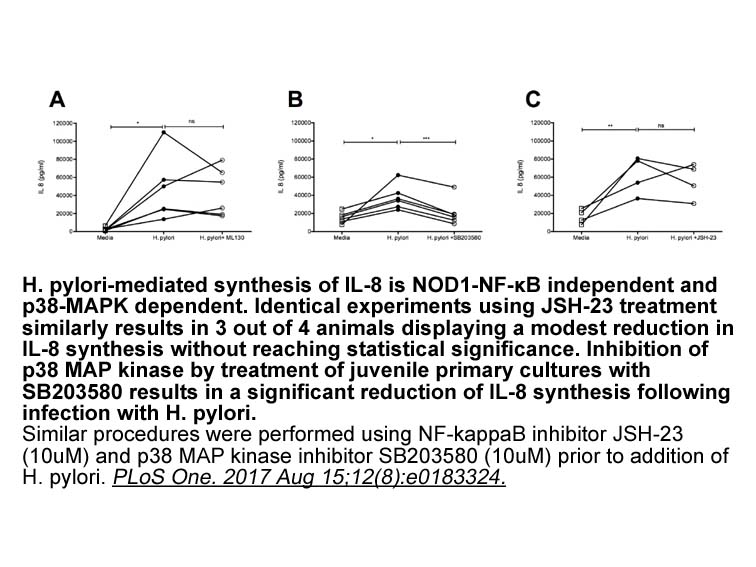
Evaluation of plant growth. Transgenic Arabidopsis plants were examined by microscope for alterations in cell size and shape. Overall plant architecture was also compared with control plants. Results and discussion Acknowledgments Introduction Mammalian ACK1 is a kinase effector for Cdc42
-
br ACK inhibitors Since ACK activation is
2024-01-30
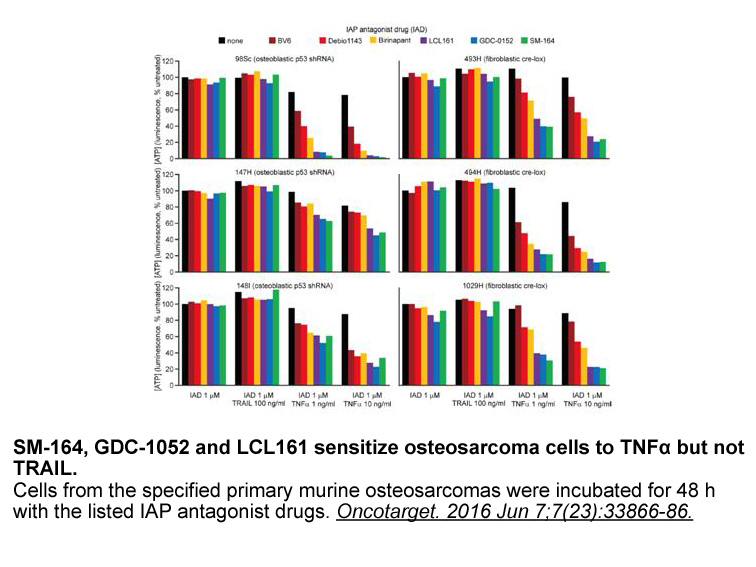
ACK1 inhibitors Since ACK1 activation is correlated with poor prognosis in various cancers, strong efforts are being directed by multiple groups towards developing highly potent and specific small molecule inhibitors targeting the ACK1 kinase. At least eight small molecule kinase inhibitors have
-
The biological characteristics of cancer invasion
2024-01-30
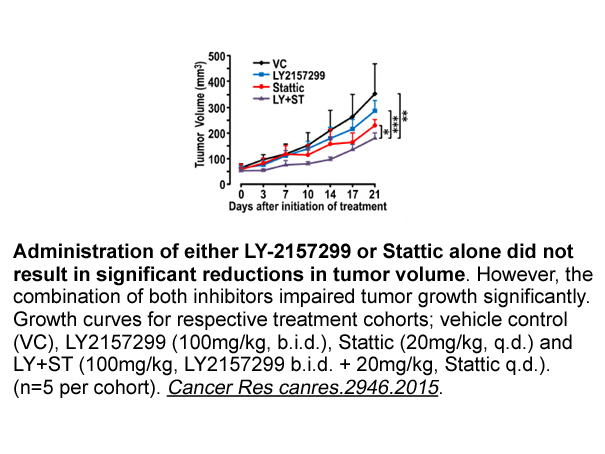
The biological characteristics of cancer invasion and metastasis are mainly attributed to the poor prognosis in cancer. It has been reported that overexpression of Ack1 promoted the migratory and invasive properties of breast cancer Human EGF / Epidermal Growth Factor Protein (Fc Tag) by sustainin
-
Toxicity is the main reason for the failure
2024-01-30
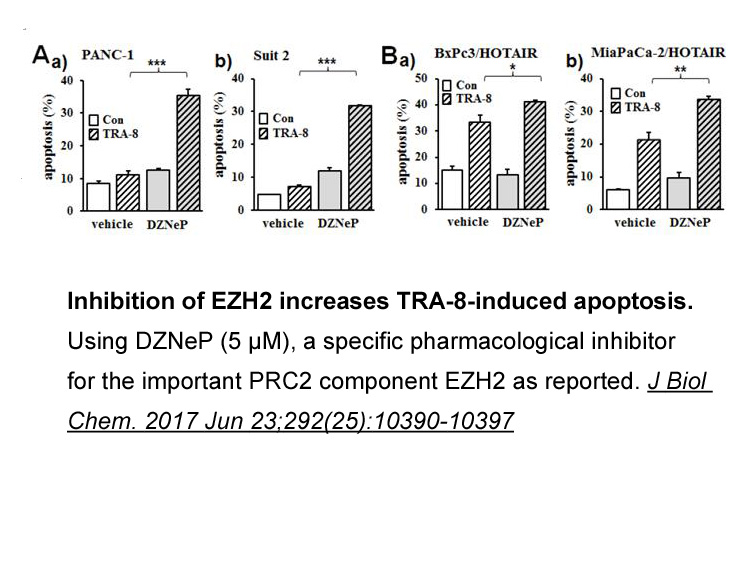
Toxicity is the main reason for the failure at all stages of the new drug development process. The major part of safety-related attrition occurs at preclinical phases while predicting preclinical safety liabilities earlier in the drug development process. This strategy enables the design and/or sele
14479 records 197/966 page Previous Next First page 上5页 196197198199200 下5页 Last page